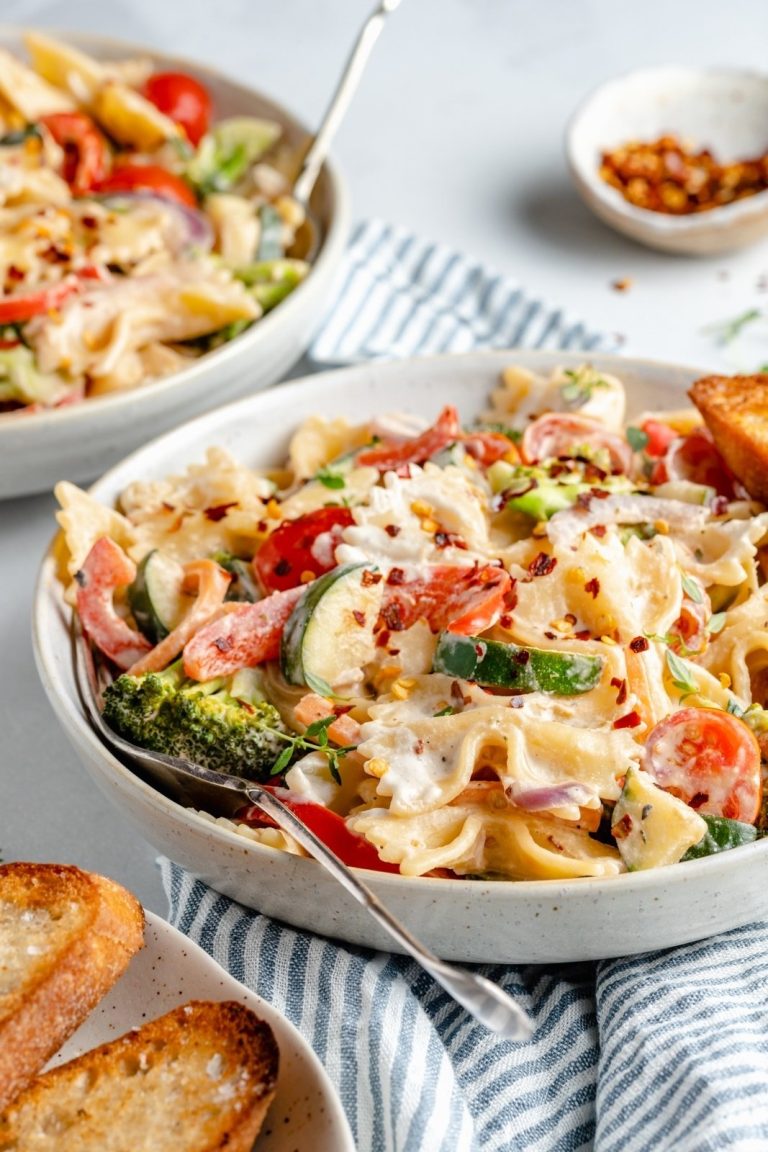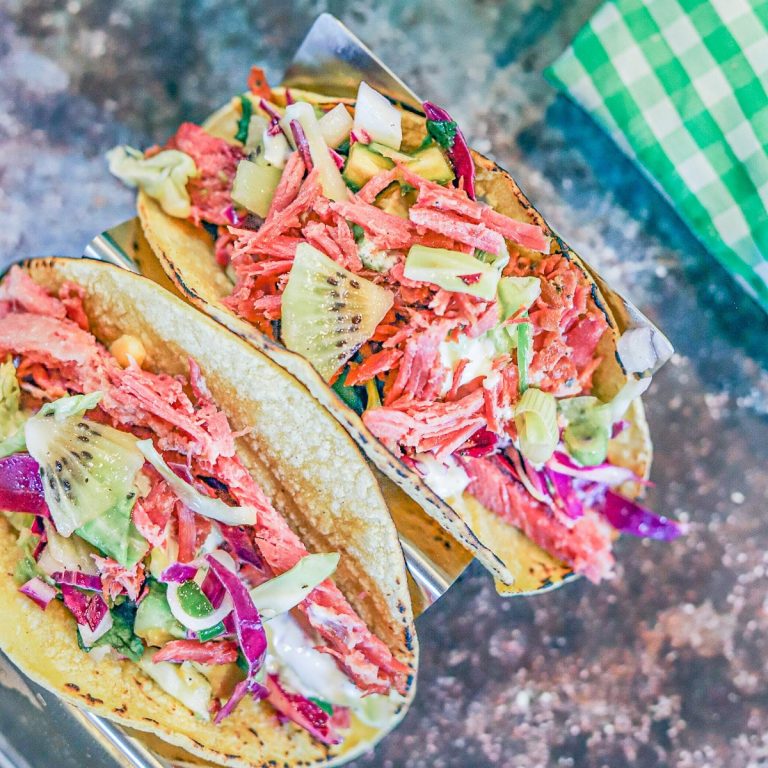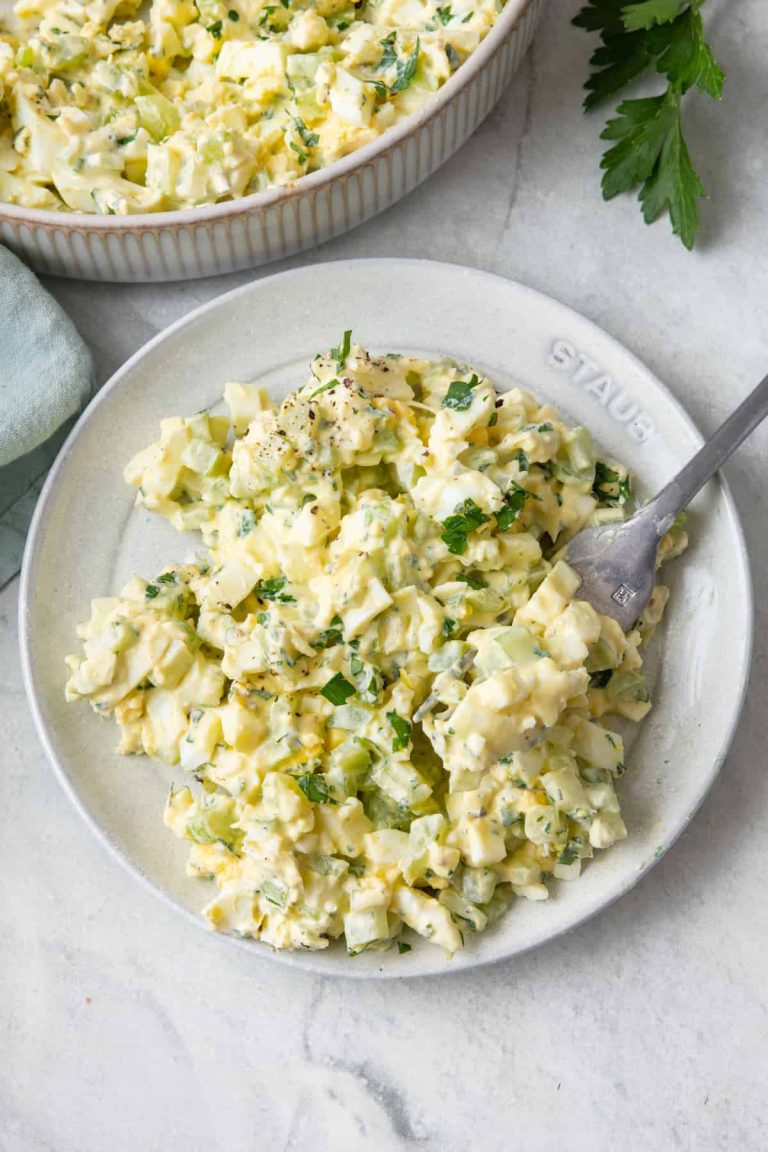Fried Chicken Wings: History, Recipes, and Healthier Cooking Tips
Fried chicken wings trace their roots to the southern United States. Enslaved Africans introduced frying techniques combining West African culinary practices with local ingredients. Over time, Southern fried chicken wings became popular across the United States due to their delicious flavor and texture. They also carry significant cultural value, representing resilience and creativity born out of necessity.
By the 1960s, fried chicken wings started gaining mainstream recognition. In Buffalo, New York, a notable story describes how the Anchor Bar created Buffalo wings by frying leftover chicken wings and tossing them in hot sauce. This unexpected dish became a nationwide sensation. The wings carry not only culinary significance but also cultural importance as they transformed humble origins into a staple of American comfort food.
Evolution of Recipes
Fried chicken wing recipes have evolved over decades to cater to diverse palates and preferences. Originally, simple seasoning with salt and pepper sufficed. However, as culinary curiosity grew, so did the variety of marinades and coatings. You can now find recipes involving buttermilk, garlic, soy sauce, and even beer.
By the late 20th century, international influences began shaping fried chicken wing recipes. The rise of Asian-inspired versions like Korean-style wings, featuring sweet and spicy gochujang sauce, showcases global culinary integration. Techniques such as double frying ensure extra crispy skins, which you see in many recipes today. While traditional Southern recipes remain cherished, contemporary variations continue to expand the delicious possibilities of fried chicken wings.
Key Ingredients for Fried Chicken Wings
Choosing the Right Chicken
Quality chicken wings form the foundation of any great fried chicken recipe. Aim for fresh, organic wings to ensure optimal flavor and texture. While frozen wings are convenient, they may contain added water, affecting the frying process. Inspect the wings for blemishes and residual feathers. Weight and size consistency in wings promotes even cooking. Select wings with intact skin and avoid those with excessive fat.
Spices and Marinades
Spices and marinades infuse wings with rich and varied flavors. Classic Southern recipes often use a blend of paprika, garlic powder, onion powder, cayenne pepper, salt, and black pepper. This combination provides depth and a hint of heat. Marinate the wings for at least two hours; overnight yields better results. For a tangy twist, consider buttermilk-based marinades, which also tenderize the meat. Internationally-inspired recipes might feature gochujang, soy sauce, or garlic-ginger blends, offering global flavor profiles. Mix your spices and marinades thoroughly to ensure even coating and absorption.
Cooking Techniques for the Perfect Fried Chicken Wings
Deep-Frying Essentials
Deep-frying delivers crispy, golden-brown chicken wings. Start by selecting a high smoke point oil like vegetable or peanut oil. Heat the oil to 350°F (175°C). Ensure wings are dry and seasoned before frying. Use a kitchen thermometer to maintain the right temperature, as fluctuations can affect the texture. Fry wings in small batches to avoid overcrowding, cooking each batch for 8-10 minutes until they reach an internal temperature of 165°F (74°C). Drain excess oil on paper towels before serving.
Alternative Cooking Methods
Alternative cooking methods offer healthier options while maintaining flavor. Air frying is popular for its low-fat results. Preheat the air fryer to 360°F (182°C), spray wings lightly with cooking oil, and cook for 25-30 minutes, shaking the basket every 10 minutes. Baking is another option. Preheat the oven to 400°F (204°C), line a baking sheet with parchment paper, and place the wings in a single layer. Bake for 40-45 minutes, flipping halfway to ensure even cooking. Grilling adds a smoky flavor. Preheat your grill to medium-high, and cook wings for 15-20 minutes, turning frequently.
By utilizing these cooking techniques, you can perfect your fried chicken wings.
Serving and Presentation Ideas
Accompaniments and Dips
Pairing fried chicken wings with the right accompaniments enhances the overall experience. Common options include celery sticks, carrot sticks, and crisp romaine lettuce. These provide a refreshing crunch that complements the wings. Dips play a crucial role. Classic choices such as ranch and blue cheese offer creamy textures that balance the spicy or savory flavors. Experiment with unique sauces like honey mustard, sriracha mayo, or avocado dip to add variety. Offering a selection of dips allows guests to choose their favorite, making the meal more enjoyable.
Plating Tips
Presentation matters when serving fried chicken wings. Arrange wings in a circular pattern on a large platter to create an appealing display. Place the accompaniments in between or around the wings for easy access. Consider using garnishes like chopped parsley or chives for a touch of color. Sectioning dips into small bowls with labels ensures clarity and convenience. Use contrasting plates or platters to make the colors pop. If serving multiple wing flavors, separate each type with distinct markers to help guests identify them easily.
Health Considerations
Nutritional Info of Fried Chicken Wings
Fried chicken wings offer rich flavors but can be high in calories, fats, and sodium. A typical serving of six fried chicken wings provides around 990 calories, 63 grams of fat, and 2400 milligrams of sodium. Excessive consumption may lead to health issues like high blood pressure and cholesterol. Knowing the nutritional content helps manage your intake.
| Nutrient | Quantity (per 6 wings) |
|---|---|
| Calories | 990 |
| Total Fat | 63g |
| Saturated Fat | 18g |
| Cholesterol | 210mg |
| Sodium | 2400mg |
| Protein | 62g |
Tips for Healthier Alternatives
Opting for cooking methods besides deep-frying reduces calorie and fat intake. Air frying uses less oil but still maintains crispiness. Baking is another effective method, especially if you use skinless wings. Opt for healthier marinades low in sugar and sodium. Seasoning with herbs and spices instead of processed sauces gives flavor without added calories. Accompanying your wings with fresh vegetables like carrot sticks and celery balances the meal better.
Conclusion
Fried chicken wings offer a delicious and versatile dish that can be enjoyed in many ways. Whether you prefer them deep-fried, air-fried, baked, or grilled, there’s a method to suit every palate and dietary preference. By focusing on quality ingredients and experimenting with different marinades and cooking techniques, you can elevate your wings to new heights.
Pairing them with fresh vegetables and tasty dips not only enhances the flavor but also adds a touch of balance to your meal. Remember, you can still indulge in this beloved comfort food while making mindful choices for a healthier lifestyle. Happy cooking!






